What We Need to Know: Climate and Health Risks
Climate change is affecting a wide variety of existing disease pathways. One of the first steps in address climate-health risks is identifying how climate change is affecting risks in key areas. Below are some of the climate-sensitive risks that CHanGE members study and address.

Keeping people safe and productive when temperatures rises
The frequency of extreme heat events as well as population exposure to these events is increasing worldwide. CHanGE experts study the health effects of extreme heat exposure, impacts on labor productivity and work-related injuries, and strategies for limiting individual and community impacts, from changing labor laws to implementing early warning systems.
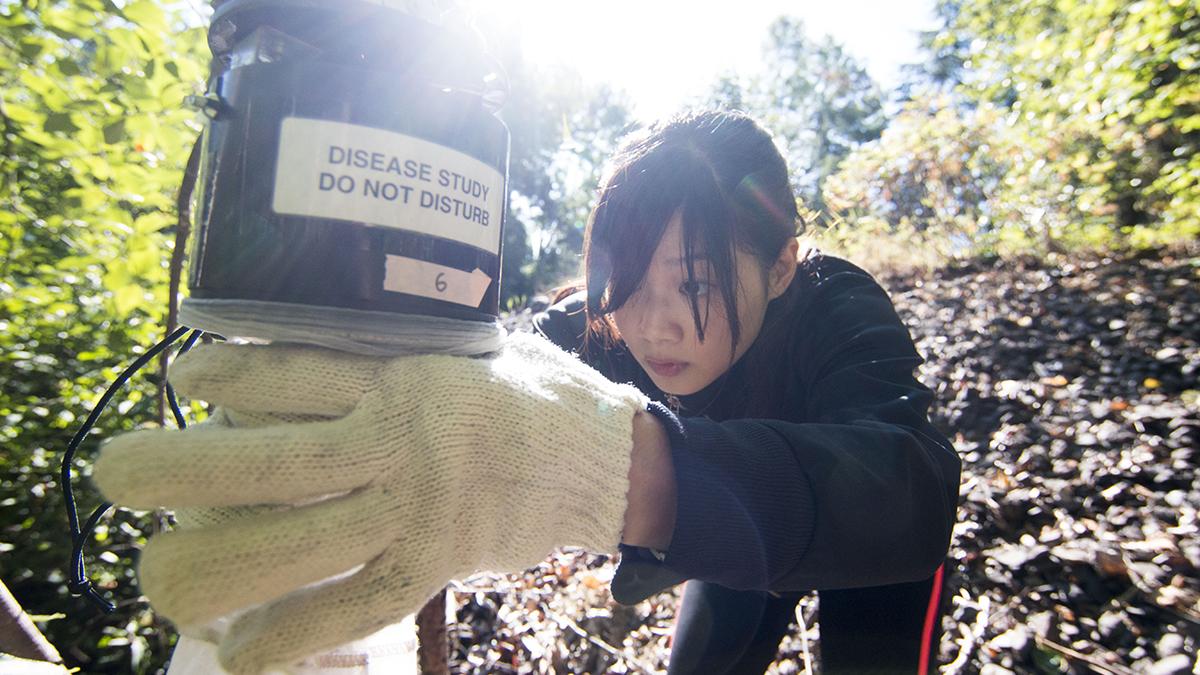
Modeling disease ecology to reduce disease burden
Vector-borne and zoonotic diseases (VBZD) are a leading cause of illness and death the world over, and climate is a major driver of VBZD ecology. Changes in temperature and precipitation impact the reproduction, behavior, and survival of vectors like mosquitoes, ticks, and flies, and can also affect human behaviors like water storage in uncovered containers. CHanGE experts model diseases like dengue, West Nile, and malaria to identify ways to better manage VBZD risks.
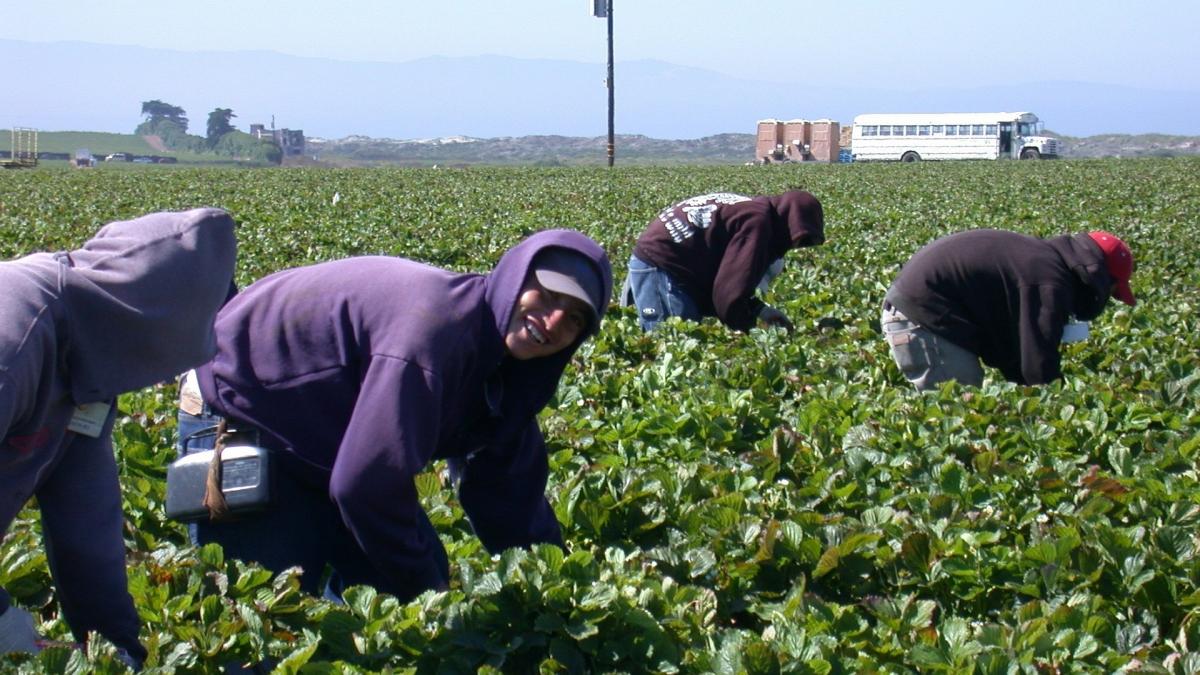
Assessing and addressing climate impacts on food and agriculture
Higher carbon dioxide levels stimulate plant growth, but grains grown in these environments have lower levels of protein and micronutrients. Extreme weather increases food crop losses, and warming increases aflatoxin risk. Warming threatens livestock, and the combination of ocean acidification, warming, and coral reef collapse threaten fisheries and productive marine ecosystems. CHanGE scientists study these risks and work with communities to increase the resilience of their food production systems.
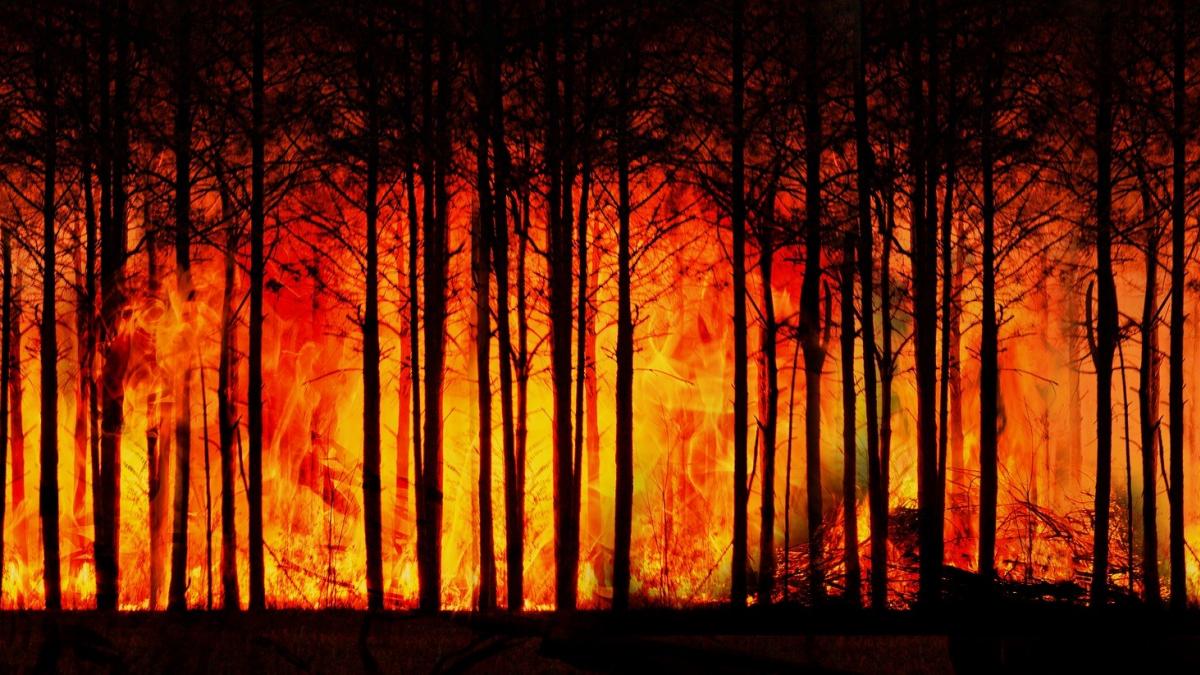
Documenting and reducing health risks from wildfires and air pollution
Wildland fire risk is driven by a range of environmental and other factors. Droughts and extreme heat both increase woodland fire risk. In addition to injuries and displacement, wildfires produce dangerous air pollution that has a number of adverse respiratory and cardiovascular impacts. CHanGE members study wildfires, how wildland fire risks change as the climate warms, the associated health impacts, and interventions to reduce risks.

Improving understanding of threats to global mental health
Mental health challenges are already widespread and often unaddressed. Climate change could adversely affect mental health in a range of ways, from increased suicide risk during extreme heat events to the increased risk of depression from displacement. Anxiety over climate change is also increasingly common, particularly among younger generations. CHanGE members are actively engaged in studying and responding to the challenges that climate change poses to mental health around the world.

Identifying and interrupting injury risk pathways
Injuries are a significant driver of global morbidity and mortality and climate change has the potential to affect a wide range of injury pathways. Working in hot conditions affects cognition and dexterity, increasing injury risk. Extreme precipitation can increase the risk of road-traffic injuries. And there are clear relationships between heat and interpersonal violence. CHanGE members study these relationships and how to reduce risks through occupational heat exposure standards and forest preservation.
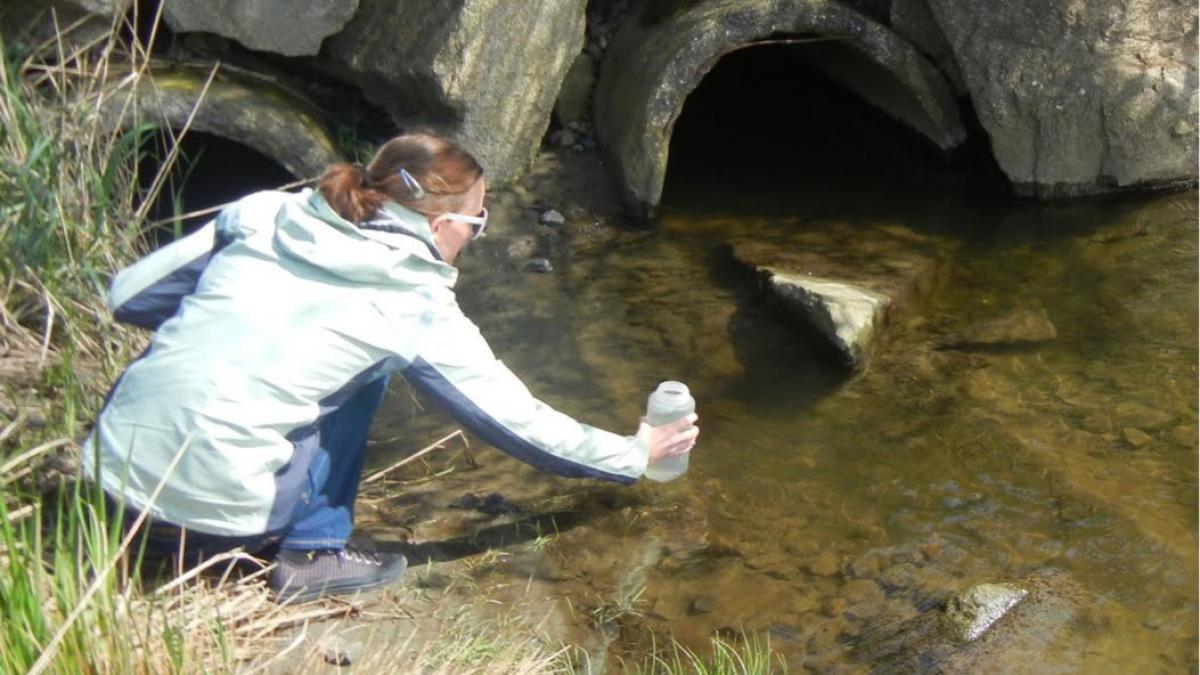
Diarrheal and other waterborne disease risk
Waterborne disease is a major threat to children’s health globally, and changing precipitation patterns, combined with warming, are affecting waterborne disease risks and the ability of sanitation infrastructure to cope. Planners need to recognize and incorporate climatic shifts to optimize infrastructure investments. CHanGE members work around the world to characterize current and future waterborne disease risks and identify ways to make communities more resilient to these challenges.
Where We Need to Act: People and Places Most at Risk
Climate change health effects are place specific. Some communities are more affected than others, and the risks vary substantially by location depending on interactions between changes in the climate, local disease ecology, and underlying population health. CHanGE works to identify which risks are of particular concern for specific communities.
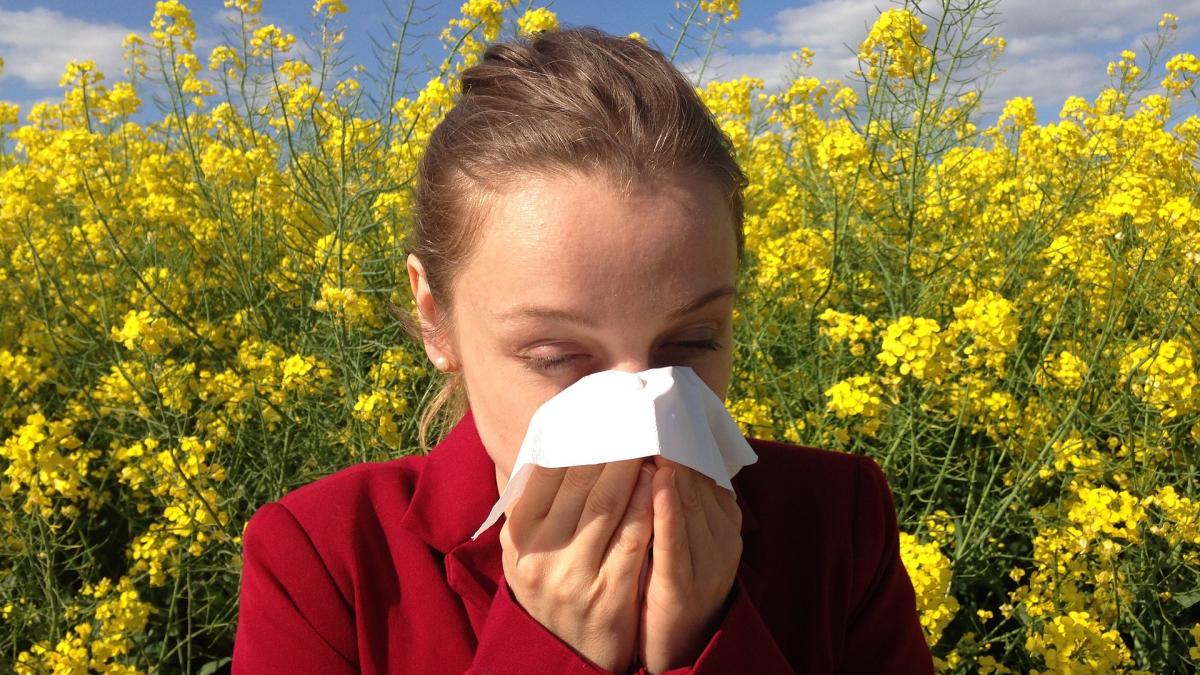
Places at risk from changes in the pollen season
The pollen season of many allergenic plants, from oak to ragweed, is increasing as a result of climate change. This is particularly pronounced in higher latitudes. CHanGE is developing models to help identify where in the contiguous United States certain allergenic pollen seasons are changing most significantly, and early warning systems to help allergy patients know when to start medications and when to avoid pollen exposure on particularly high pollen count days.
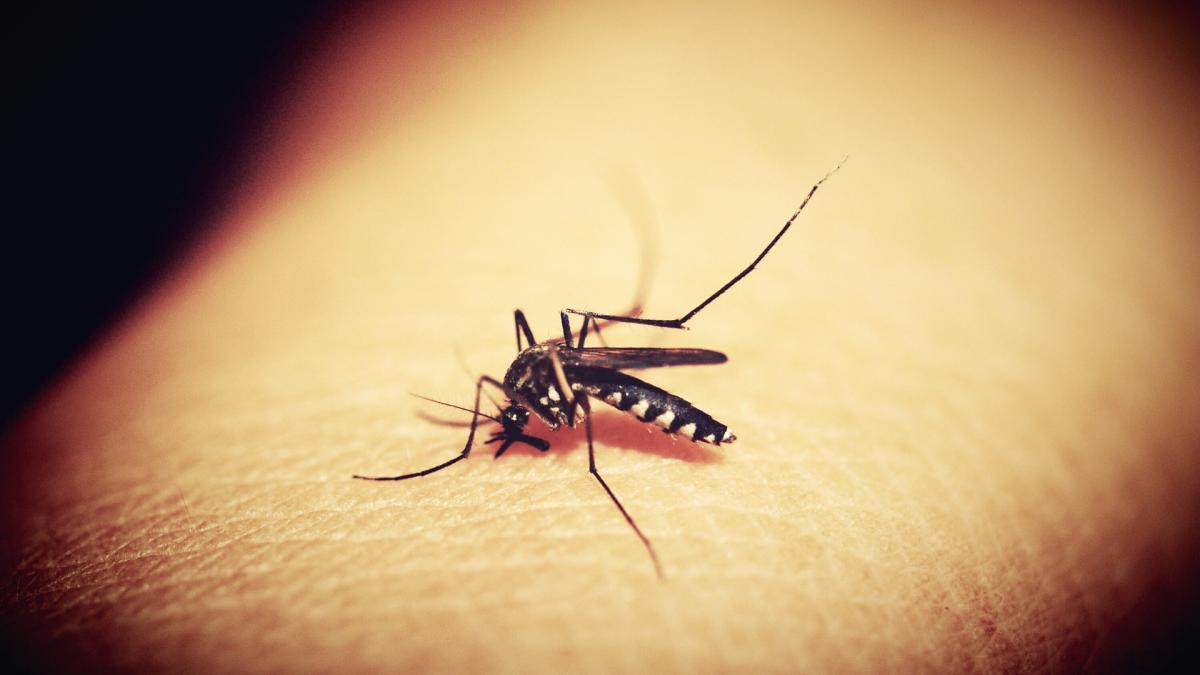
Climatic influences on dengue emergence
Dengue is emerging as a signficant public health issue in several places, including the Middle East. CHanGE members and their students study the emergence of and establishment of dengue in Saudi Arabia, and examine factors affecting its growth in the region, developing models that can provide early warnings and identify management strategies from vector control to population screening during religious pilgrimages.

Places at particular risk for wildfire risks
Wildfire risk in the Western United States is increasing. CHanGE members study wildfire ecology and interactions between climate change, drought, forest ecology, and built environment characteristics like air conditioning and electrical transmission infrastructure to characterize potential future risks, and to identify strategies for reducing risks in regions with low air conditioning penetration.
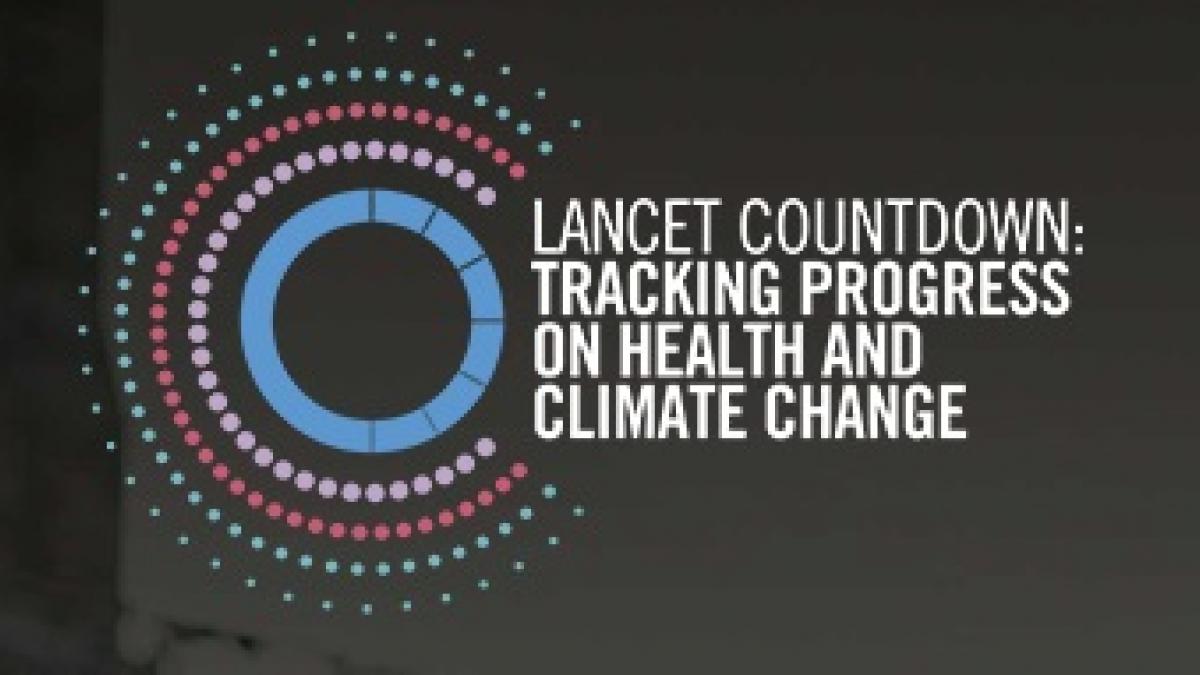
Global impacts in the Lancet Countdown
The Lancet Countdown is an annual study of over 40 indicators linking climate change and health that several CHanGE members participate in. CHanGE Director Jeremy Hess is also the senior author on the U.S. brief, which explores these indicators in greater detail for the US. The annual US brief outlines climate change impacts on health related to particular events in the US, from wildfires in 2018 to flooding in 2019, and outlines trends in public health preparedness to deal with these mounting threats.
How to Act Most Effectively: Implementing Proven Strategies
The world is moving quickly to address climate risks and needs information about how to coordinate these activities most effectively. Efforts to reduce greenhouse gas emissions have immediate, substantial health benefits that can partially or fully offset mitigation costs, and cities need information about which strategies will produce the greatest benefits. Even with aggressive mitigation, though, widespread and significant adaptation will be needed. The health sector will need to go well beyond current activities for reducing risks, and can turn to CHanGE to help with adaptation planning and implementation.
Maximizing impact of mitigation and adaptation
To be effective on a large scale, proven interventions need to be implemented quickly and broadly. Implementation science enables researchers to identify the factors that facilitate or impede successful implementation at scale to decrease the time to full implementation and increase its effectiveness. CHanGE members not only develop and test interventions, but they also work on developing implementation science frameworks to facilitate both adaptation and mitigation activities so successful interventions can be deployed at scale.
